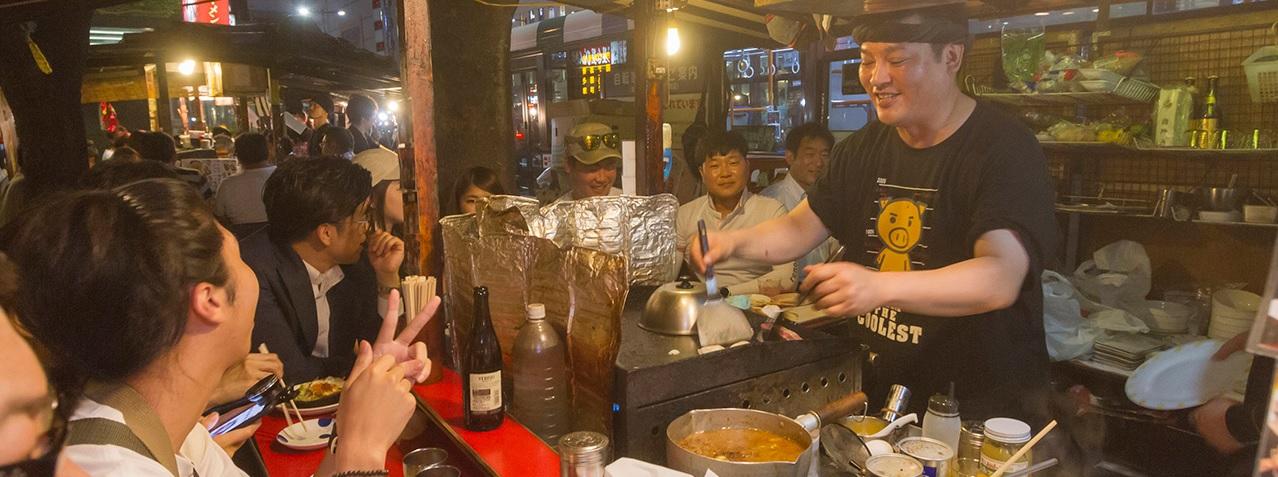
Fukuoka Soul Food: Mouthwatering Local Meals
YOKANAVI
https://yokanavi.com/en/yatai/
Fukuoka Prefecture is a gourmet’s dream — it has countless homegrown dishes and fresh ingredients from both land and sea in spades. What better way to get to know Fukuoka better than by digging into some of its beloved local fare? Here are just some of the prefecture’s famous soul foods that you’ll find at restaurants, bars, and Fukuoka City’s famous yatai (street food stalls) while you’re here.
Tonkotsu Ramen
Also known as Hakata ramen, this pork bone broth noodle dish is one of Fukuoka’s most famous exports. Combining thin noodles in a thick, rich and creamy soup, this umami-laden flavor bomb is a hit with locals and tourists alike. Experiment with noodle firmness (usually ranging from al dente to soft) and toppings to get an idea of the versatility this seemingly simple meal has to offer. And don’t forget this all-important tip: if you’re left feeling peckish after you’re done, ask for a kaedama. This will get you another full portion of noodles to add to your soup, usually for a tiny fraction of the full meal price. It’s a great way to get the most out of your meal!
Hakata Mizutaki
While many regions in Japan serve hot pot dishes, they usually have a kombu (kelp) base. Hakata mizutaki uses an opaque chicken broth to enhance the flavor of the ingredients with a light savory element. Once most of the chicken, vegetables and tofu are gone, Hakata mizutaki turns into a second meal with the addition of rice, creating a creamy rice porridge.
Motsunabe
Don’t let the translation of this — offal hot pot — put you off. The beef and pork organs in motsunabe are packed with nutrients and rich in flavor and collagen, making it a surprisingly healthy meal. There are a variety of soup bases available, but the most typical are soy sauce and miso, which add to the hot pot’s umami flavor profile. Unlike Hakata mizutaki, motsunabe is usually finished with champon noodles instead of rice.
Hitokuchi Gyoza
Literally translated as one-bite gyoza, hitokuchi gyoza are a culinary adventure in a pocket-sized format. Each restaurant has their own take on these pan-friend morsels, with differences in dough, fillings and even serving methods. Enjoy these juicy diminutive dumplings as a side dish or a main and pair them with beer for the ultimate local flavor experience.
Yakitori
Served with a side of cabbage drizzled in sauce, this skewered grilled chicken is a popular street food in Fukuoka. (Many restaurants also serve pork, beef and seafood skewers if you want other options.) It’s fast, it’s cheap and it’s delicious — what more could you ask for? Because many yakitori shops are small and casual, eating at one is a great with to connect with people.
Yaki Curry
Yaki curry is an oven baked curry and rice dish, topped with cheese and/or egg. It’s a filling, hearty meal that is best known in its home area, Mojiko. It first hit the scene in the 1950s and 60s and regained popularity in 2007 when Mojiko Yaki Curry Club was formed to reignite interest in this delicious dish.
…And Here a Few More Fukuoka Specialties
Mentaiko
Mentaiko is pollock roe covered in salt and spices (this is especially true of its spicy cousin, karashi mentaiko). Enjoy it grilled as a side dish, in a pasta sauce or even as a pizza topping!
Fugu
This blowfish delicacy can be enjoyed raw as sashimi, in hot pots, or even fried. The choppy waters of the Genkai Sea and the Kanmon Strait offer ample opportunity to catch many varieties of this fish, including the famous torafugu (tiger blowfish), one of the most famous. Sample it in its many variations in Mojiko, where you’ll be spoiled for choice in this fugu-famous town.
Goma-saba
Goma-saba is a sesame and mackerel dish that is simple, healthy, and works well as a side dish or as a pairing to sake.
Yamecha (Yame Tea)
Yame City in southern Fukuoka cultivates an award-winning traditional hon-gyokuro green tea that is characterized by its smooth sweetness, mellow aroma and rich flavor. It is cultivated, harvested and processed according to traditional methods to maximize the tea’s umami. The process is time-consuming and exact: tealeaves must be picked at the right time and only by hand. This — among other methods — ensures the Yame’s traditional hon-gyokuro retains the highest quality and fullest flavor. Ohori Terrace cafe and shop offers high quality Yame Tea, as well as other hot and cold beverages and sweets for those who want to experience.
Hakata Wagyu
About 50 farms across the prefecture supply this locally branded marbled beef to restaurants across the region and beyond. The cattle are raised on high-quality feed, including locally sourced rice straw, a main contributor to the beef’s melt-in-the-mouth juiciness and flavor.
…and much, much more! What will you try first?


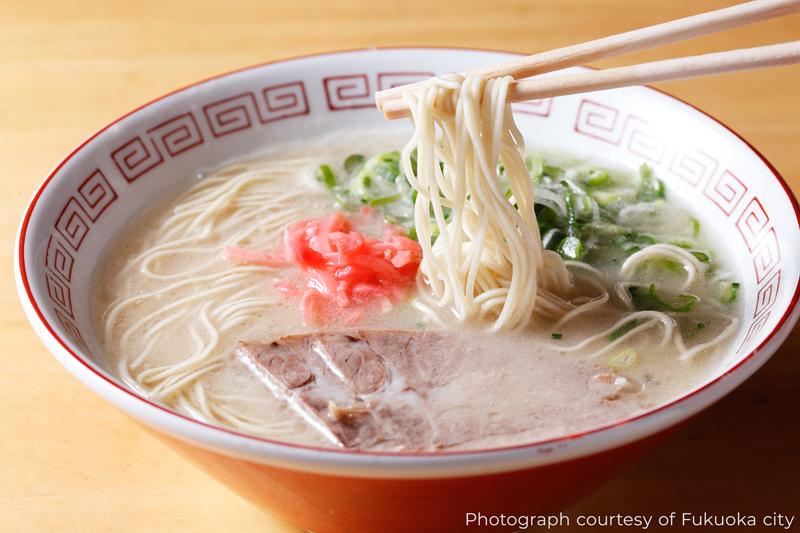
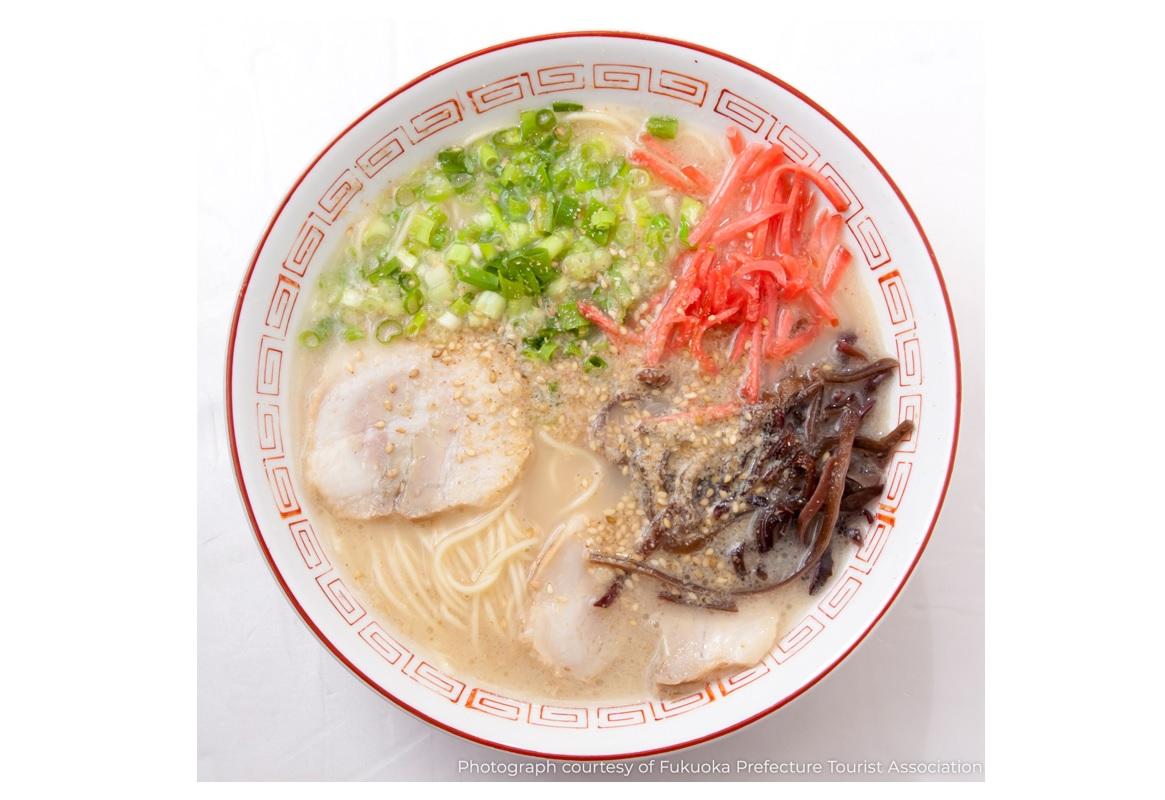
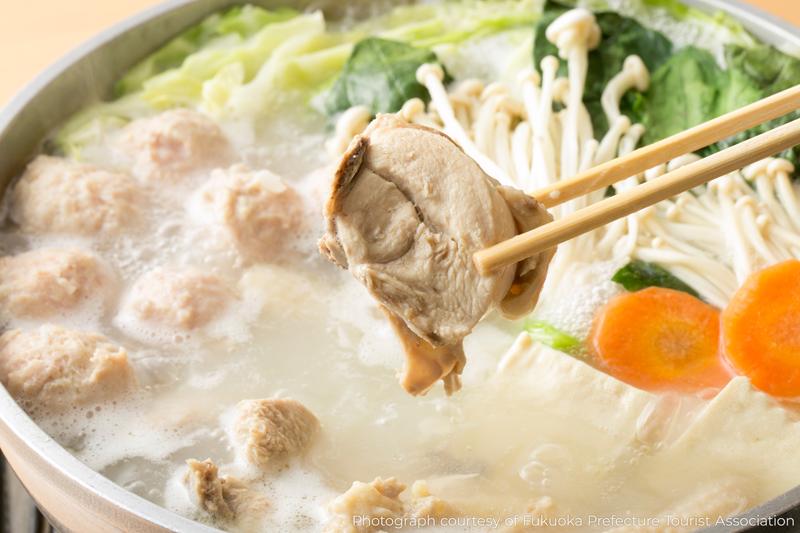
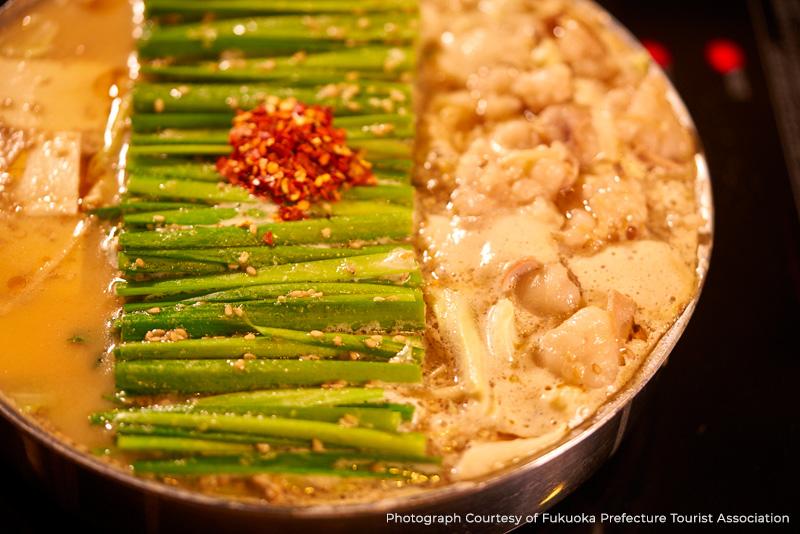
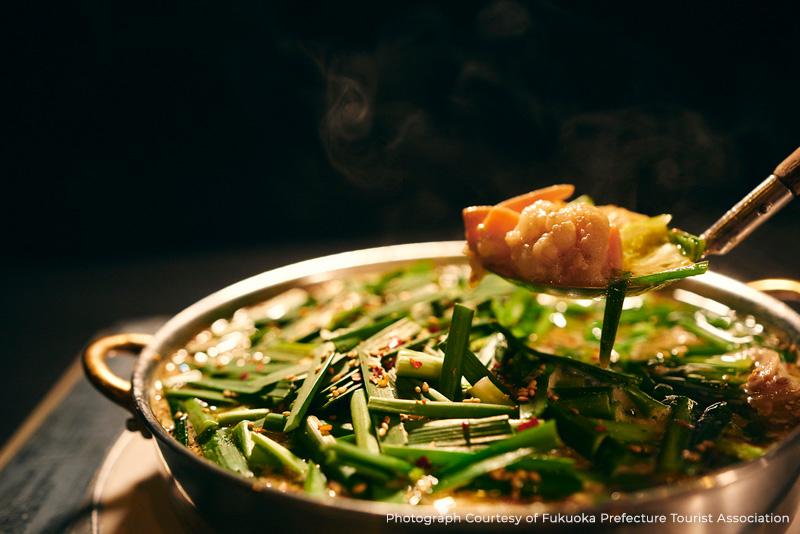
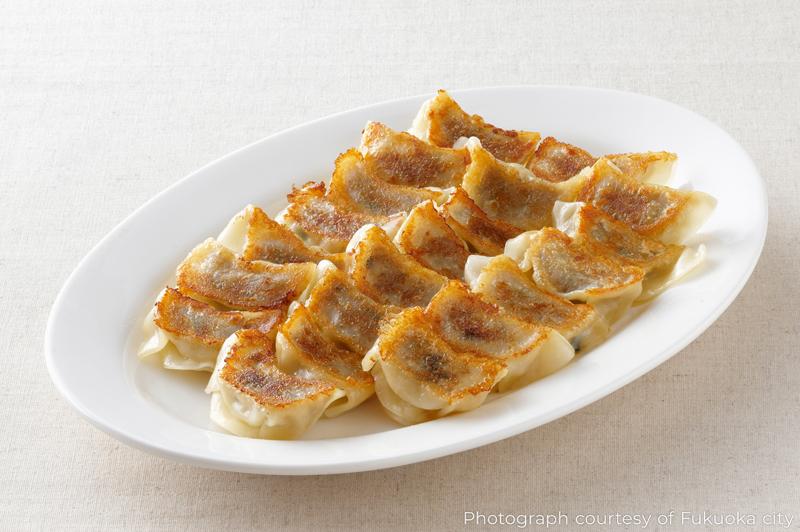
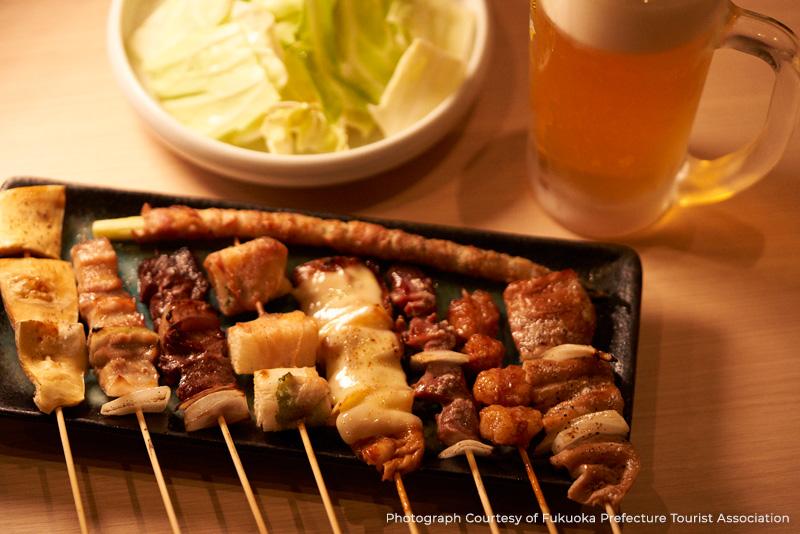
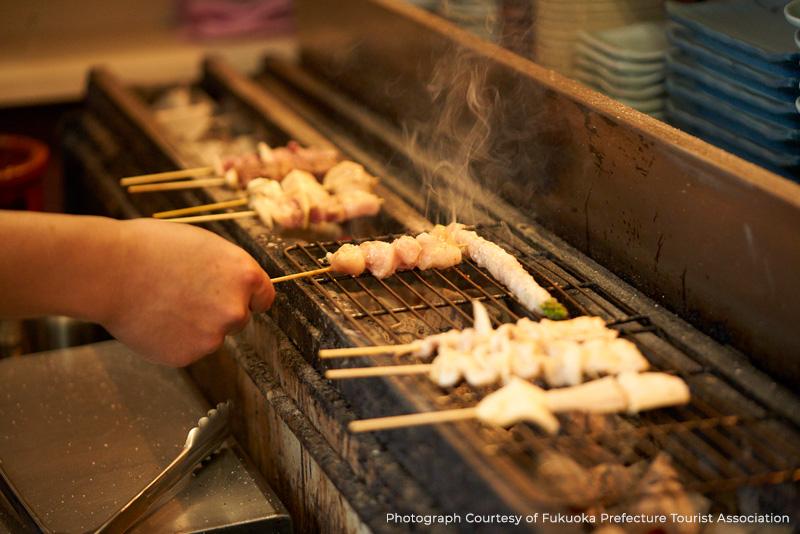
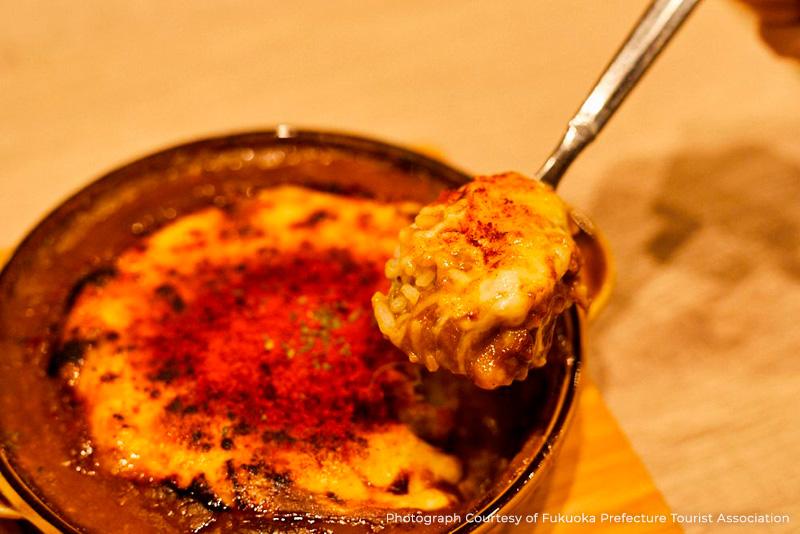
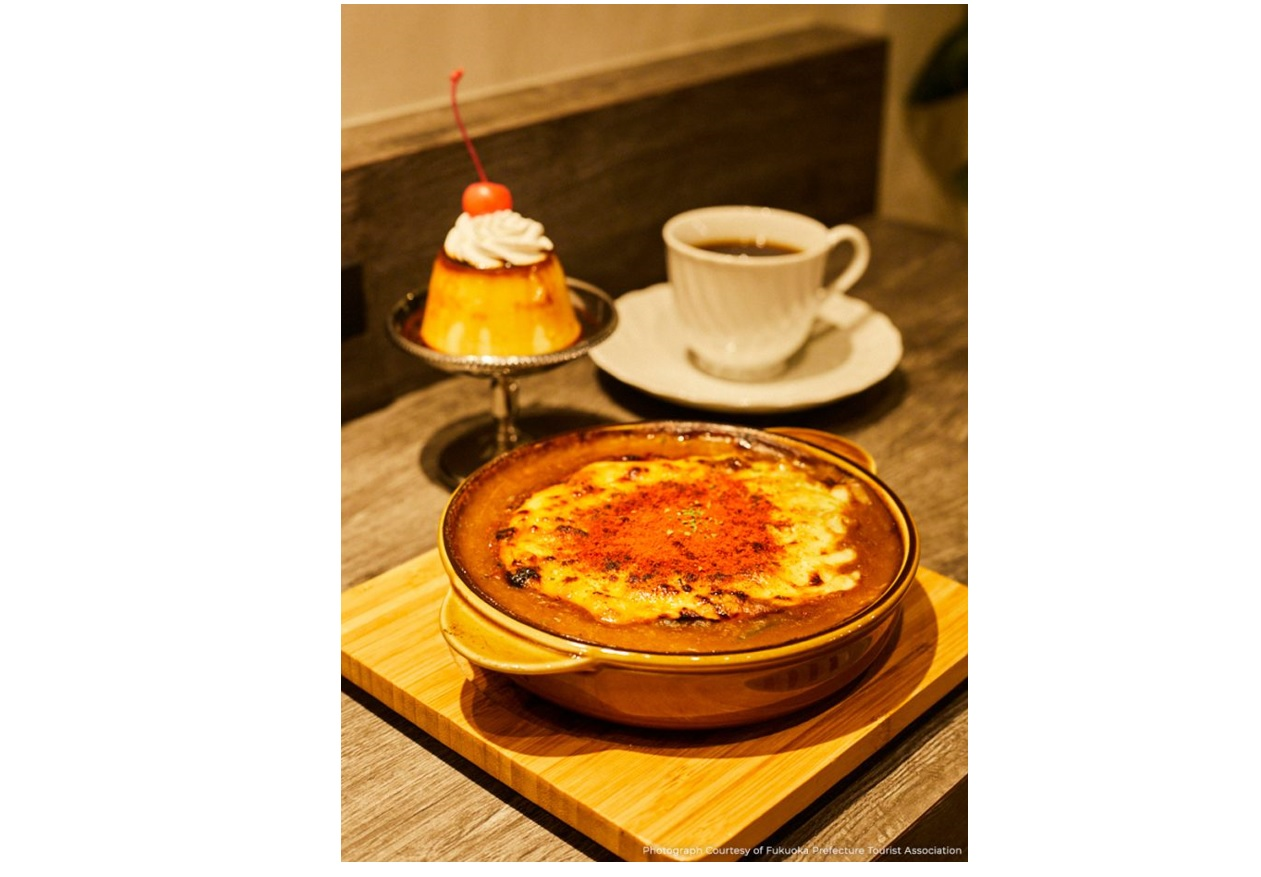
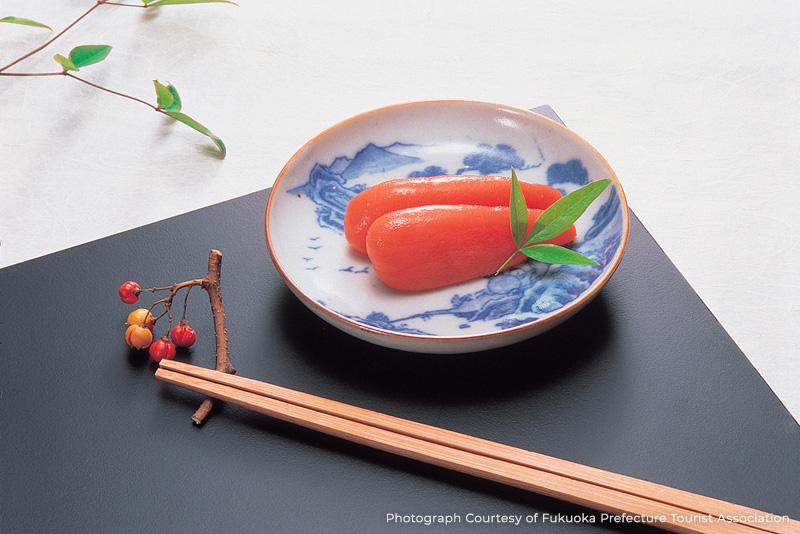
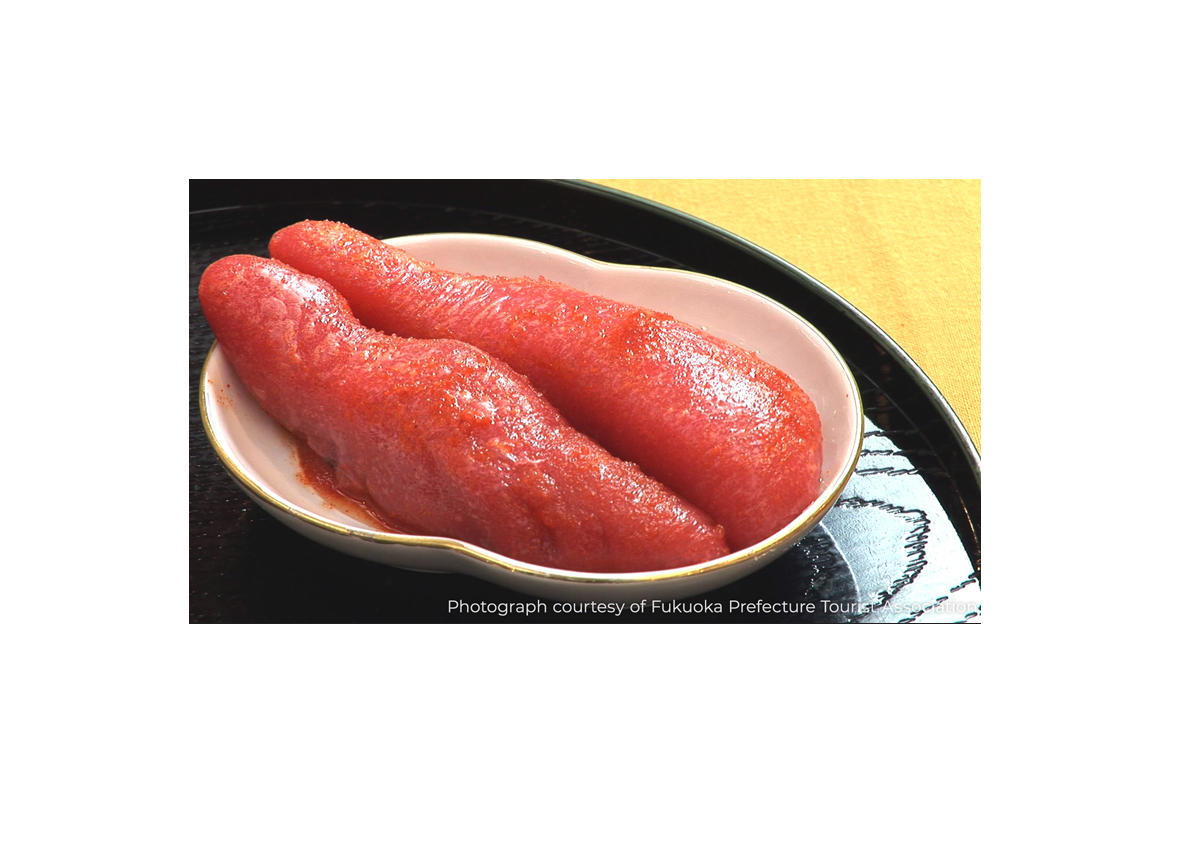
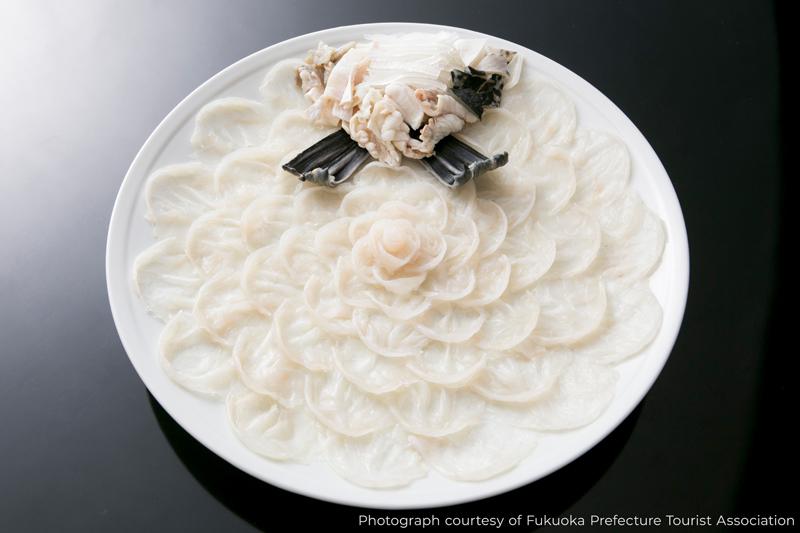
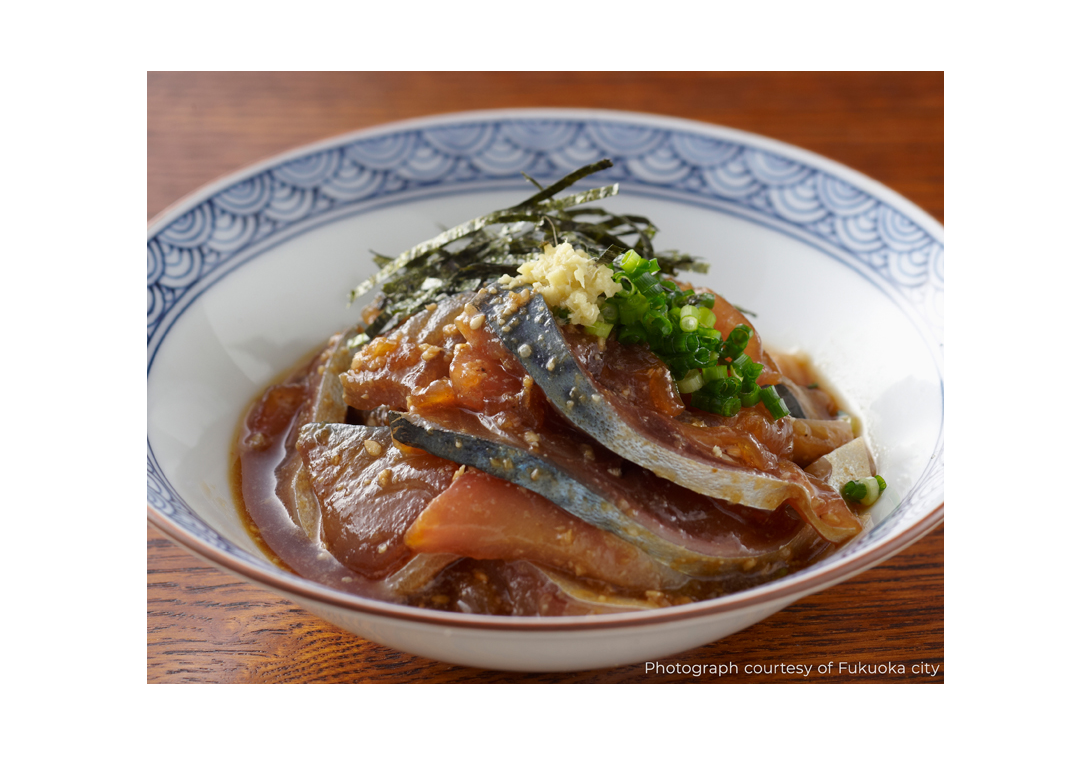
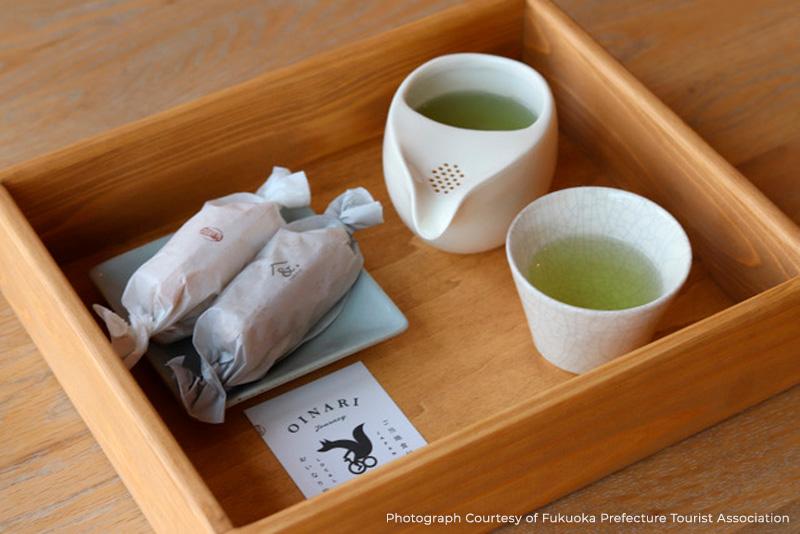
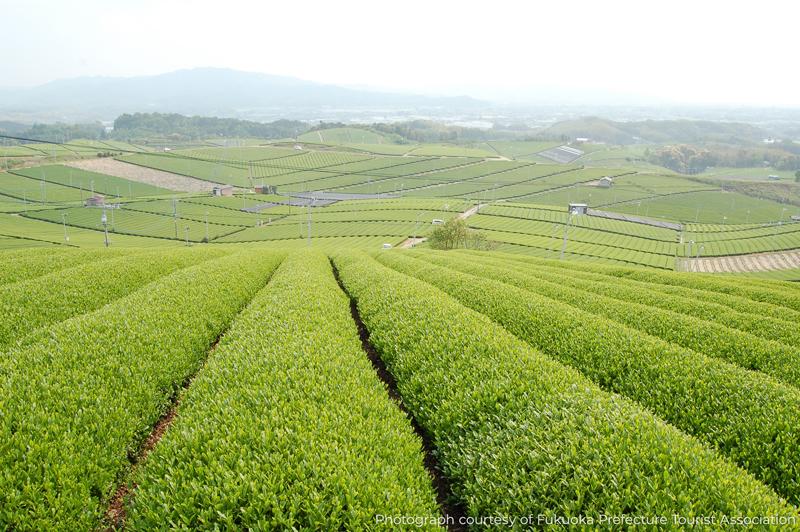
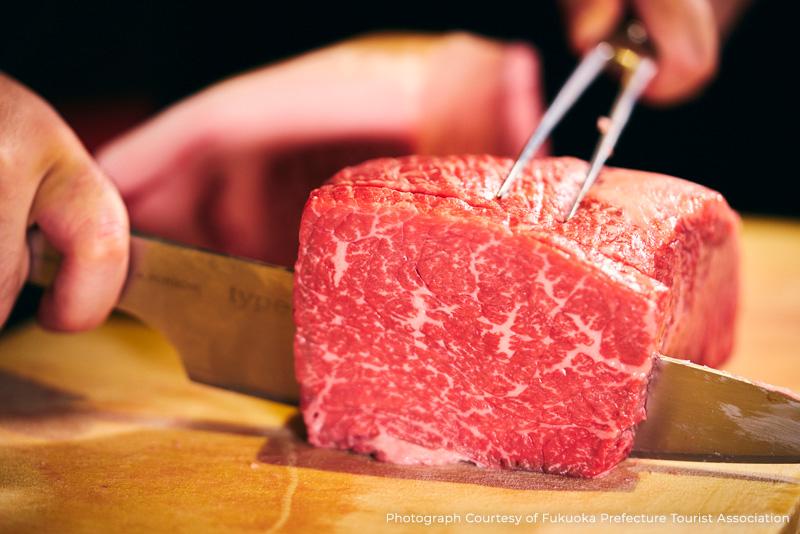
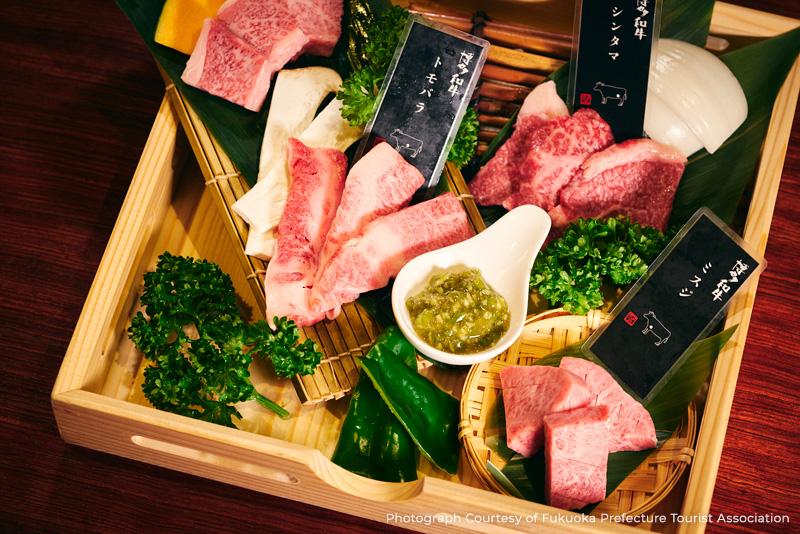
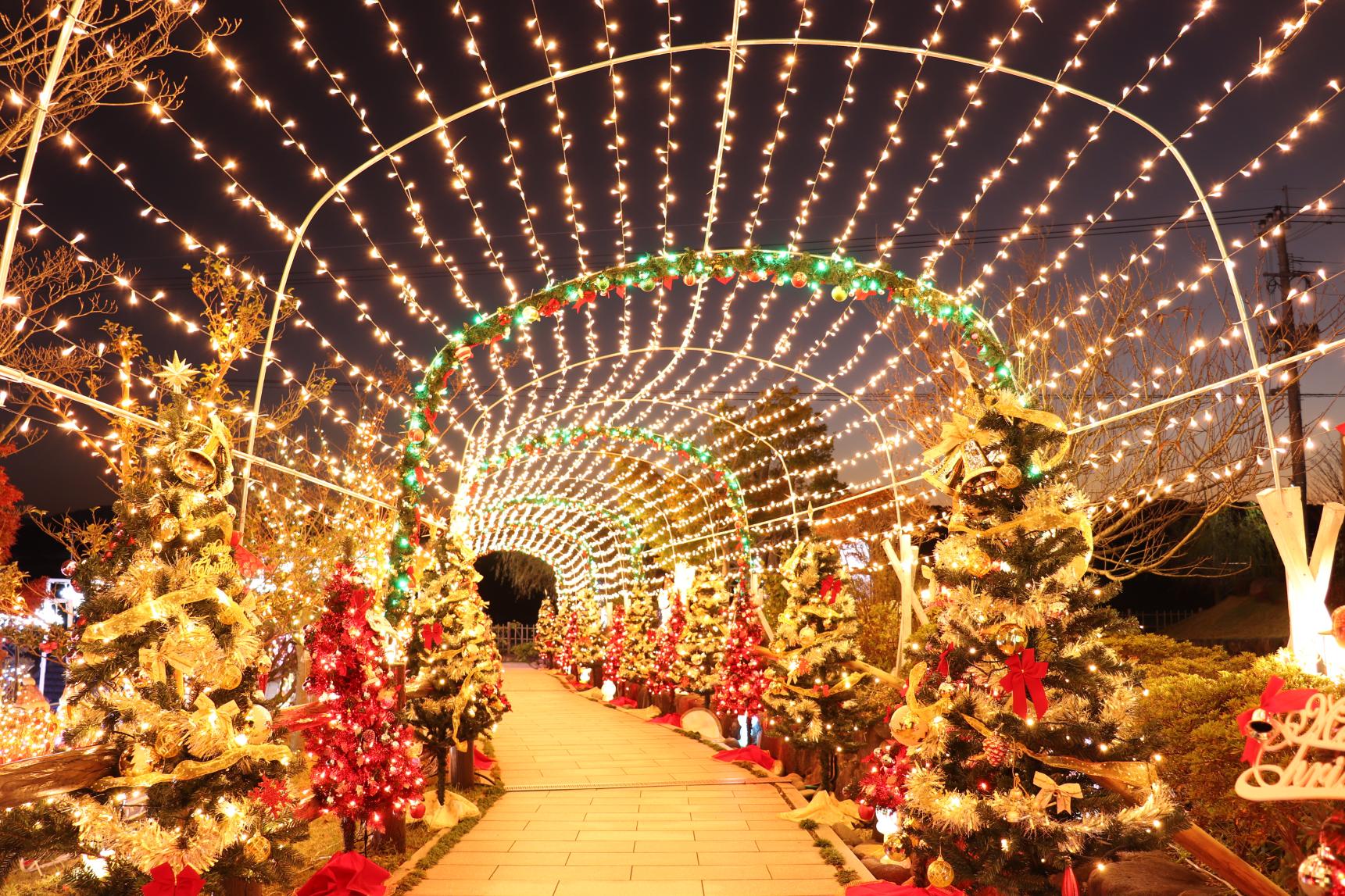
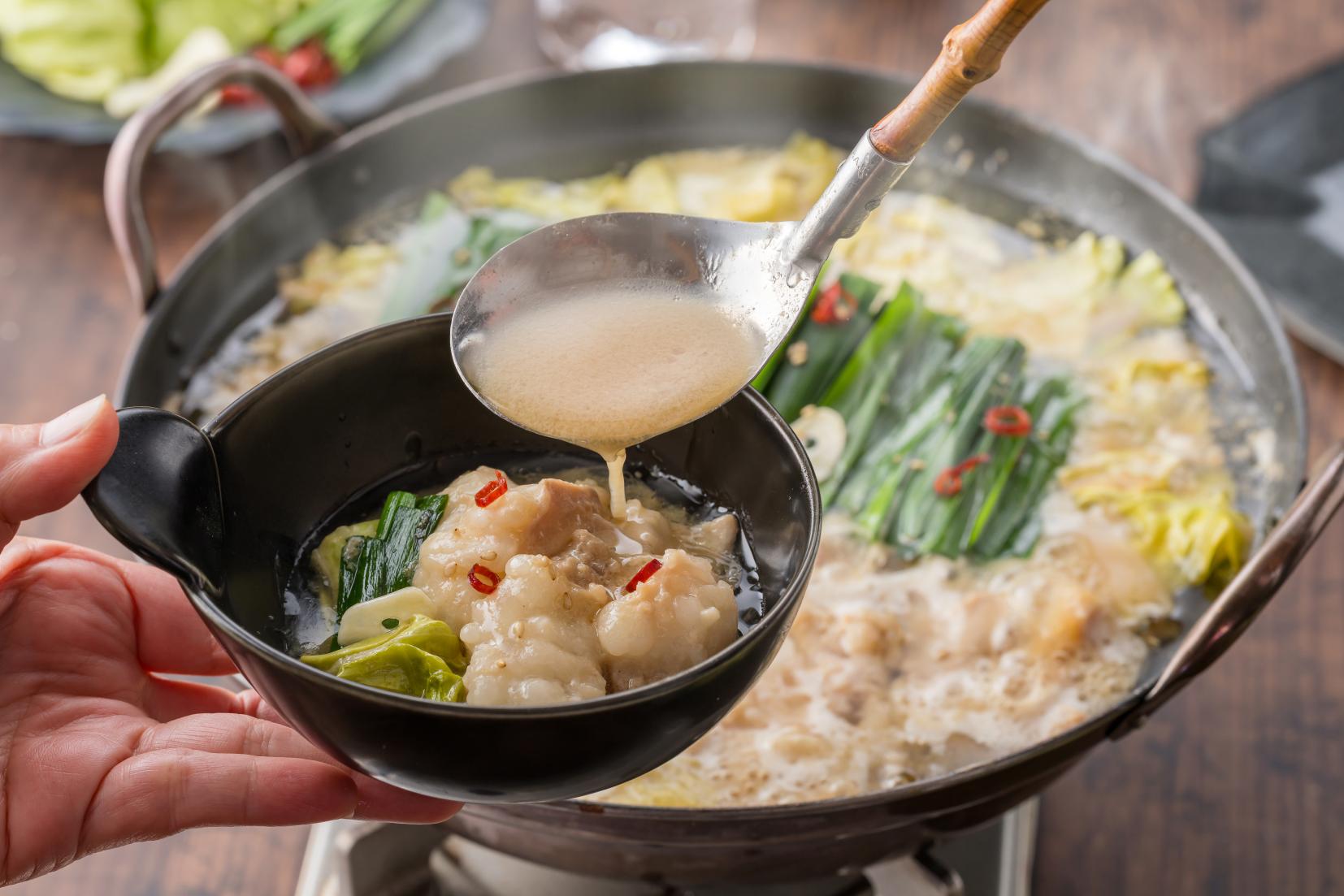
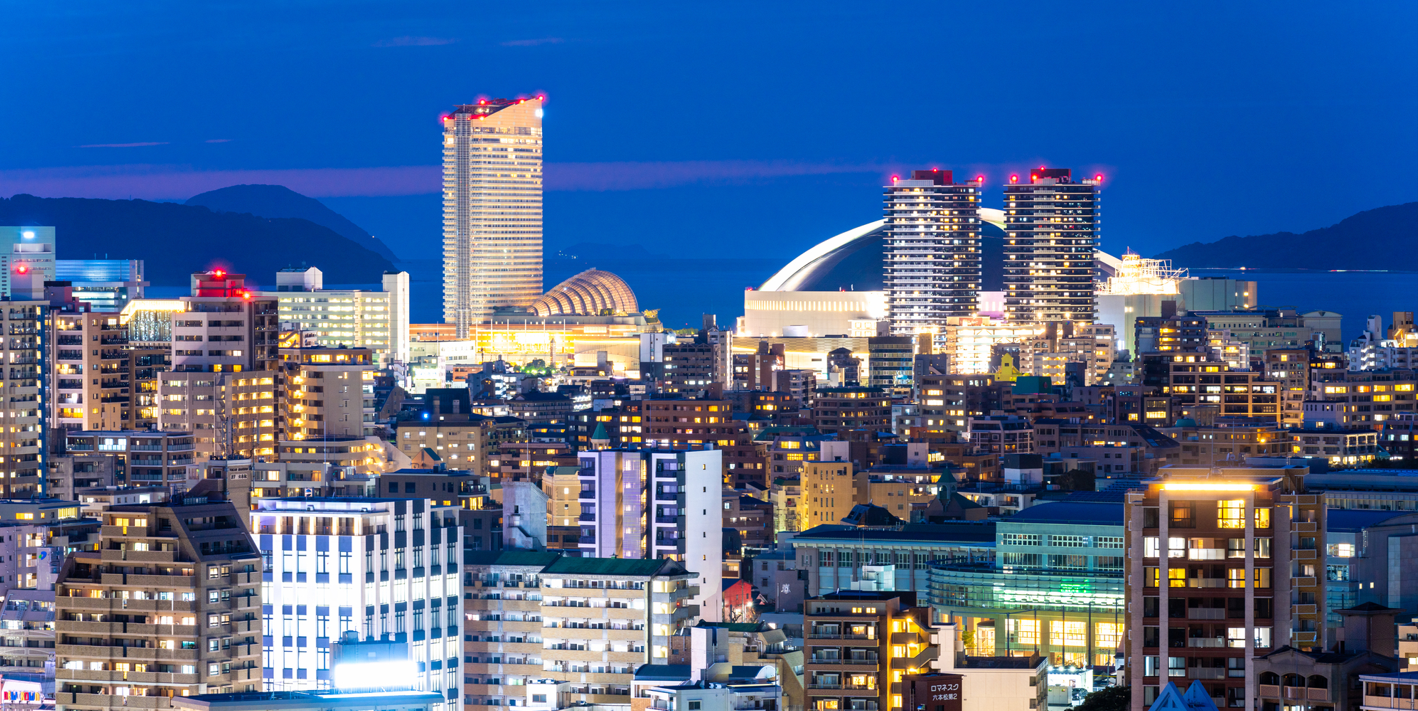
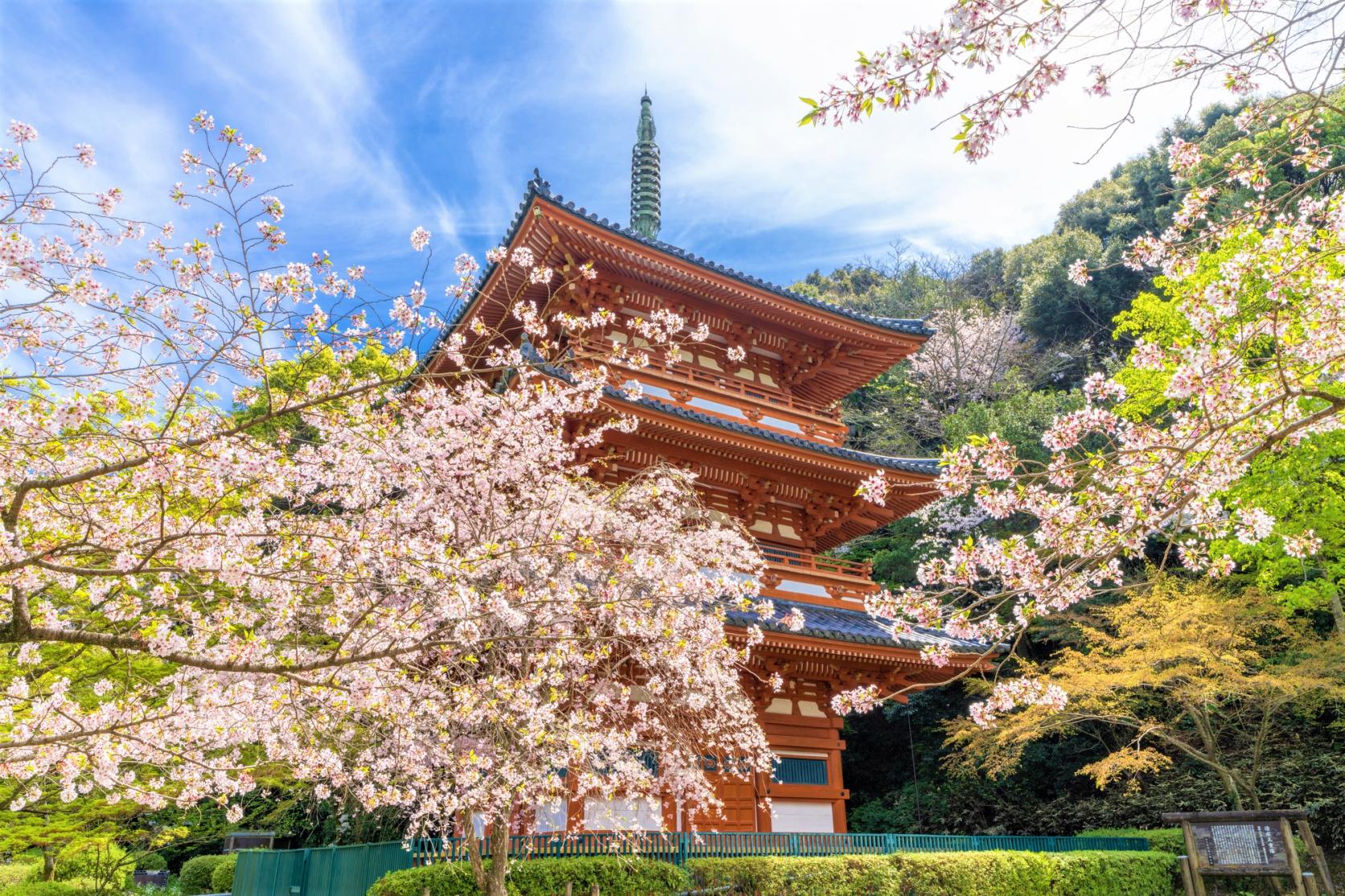
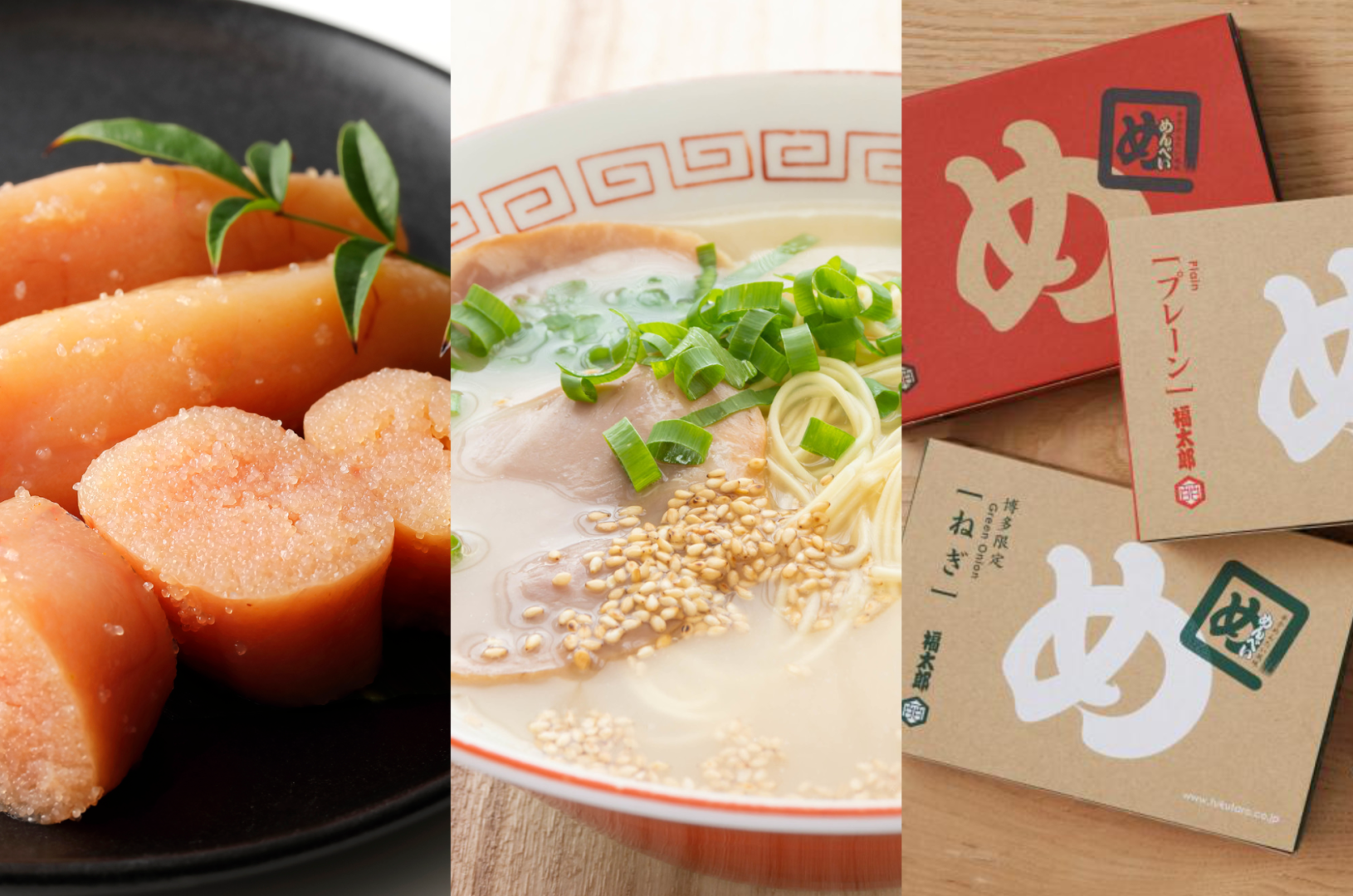
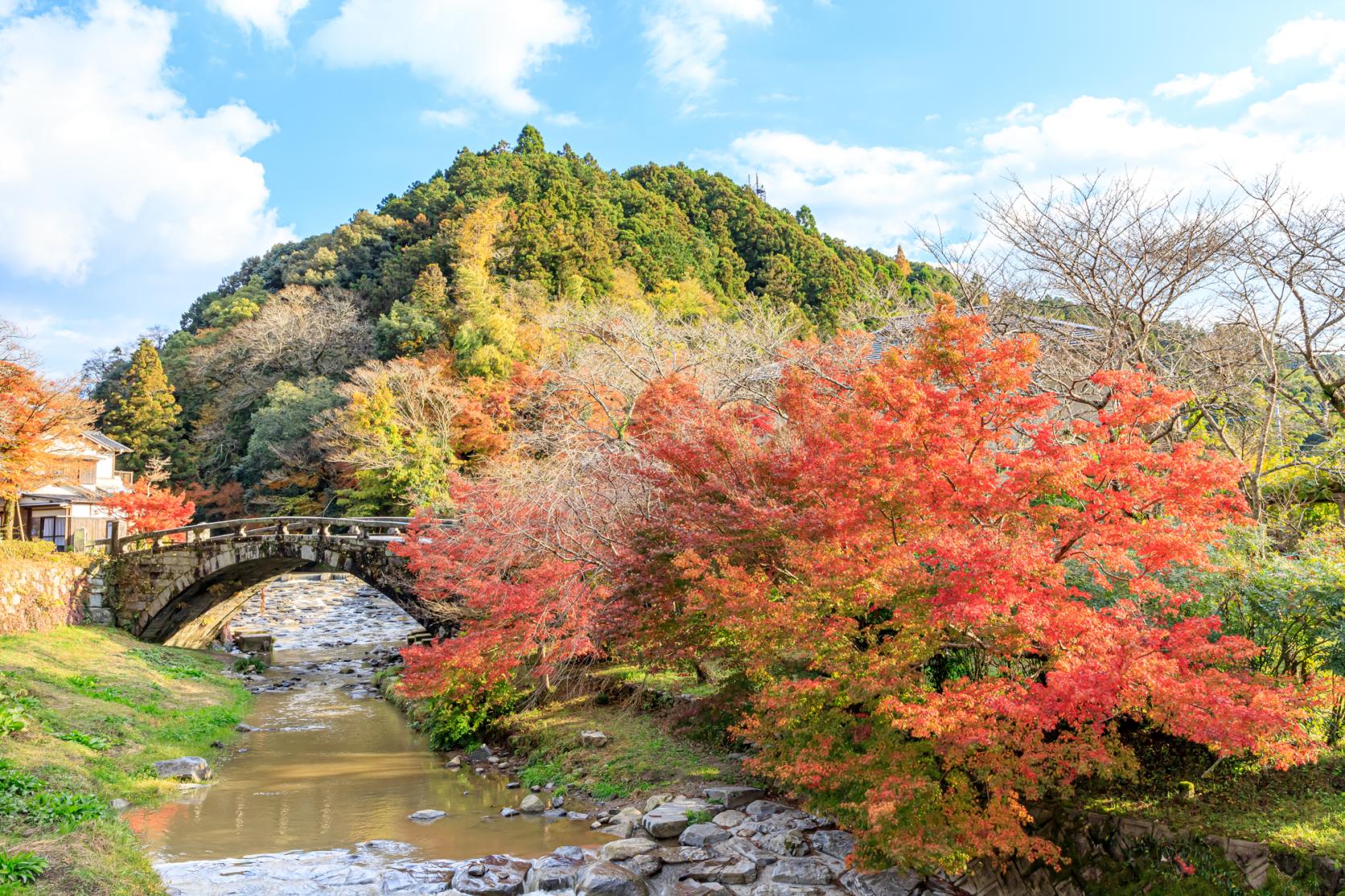

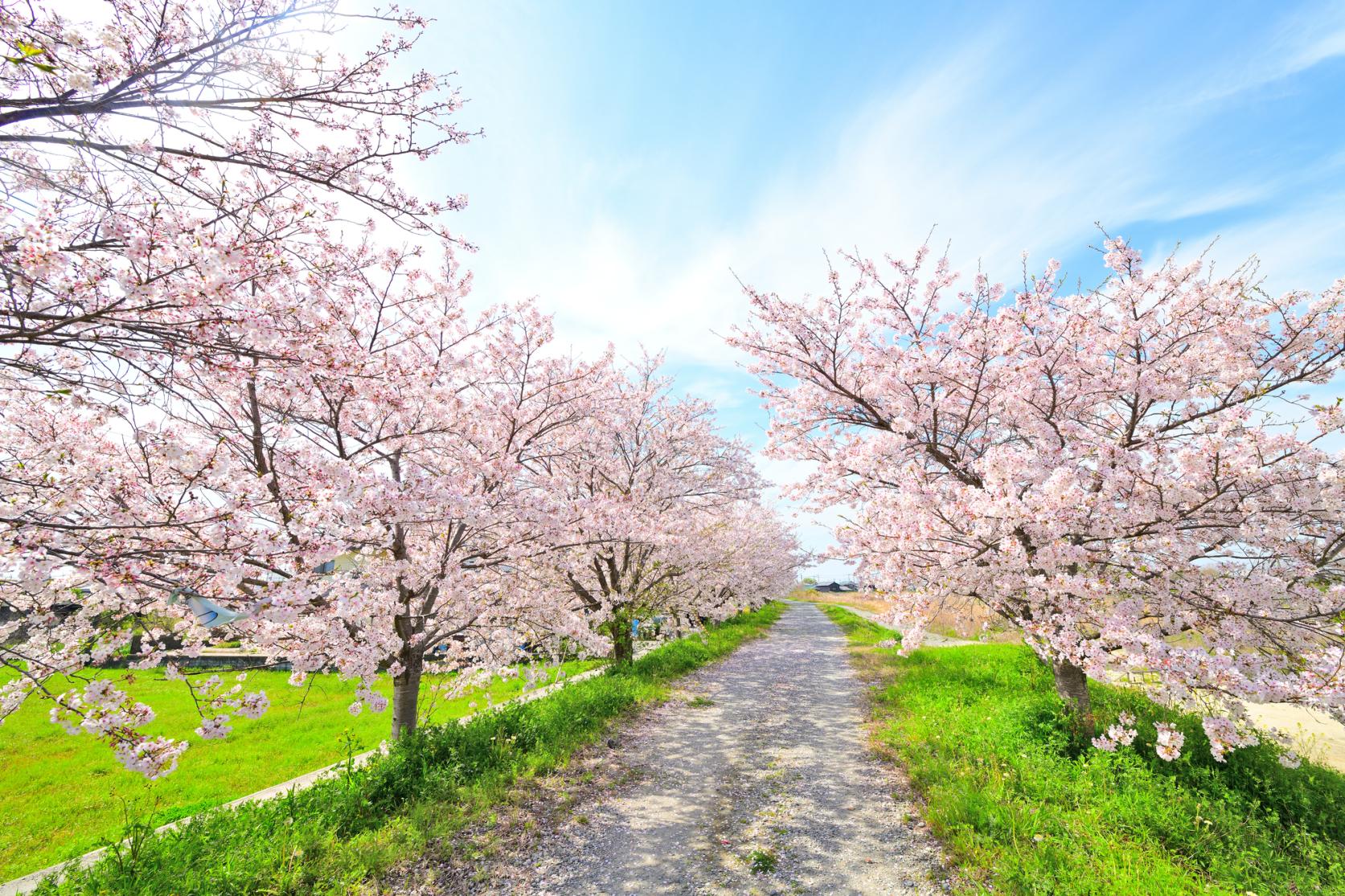

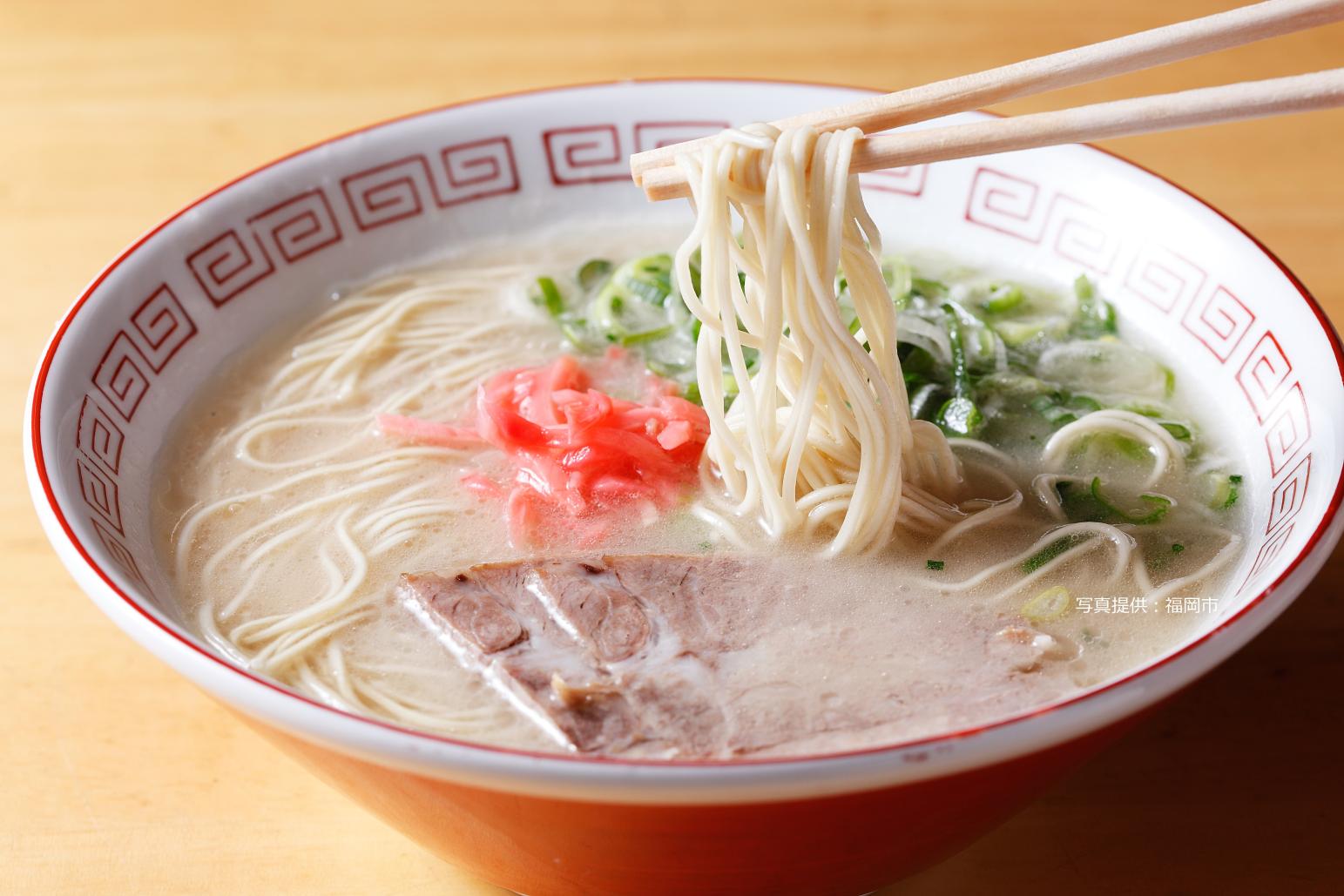
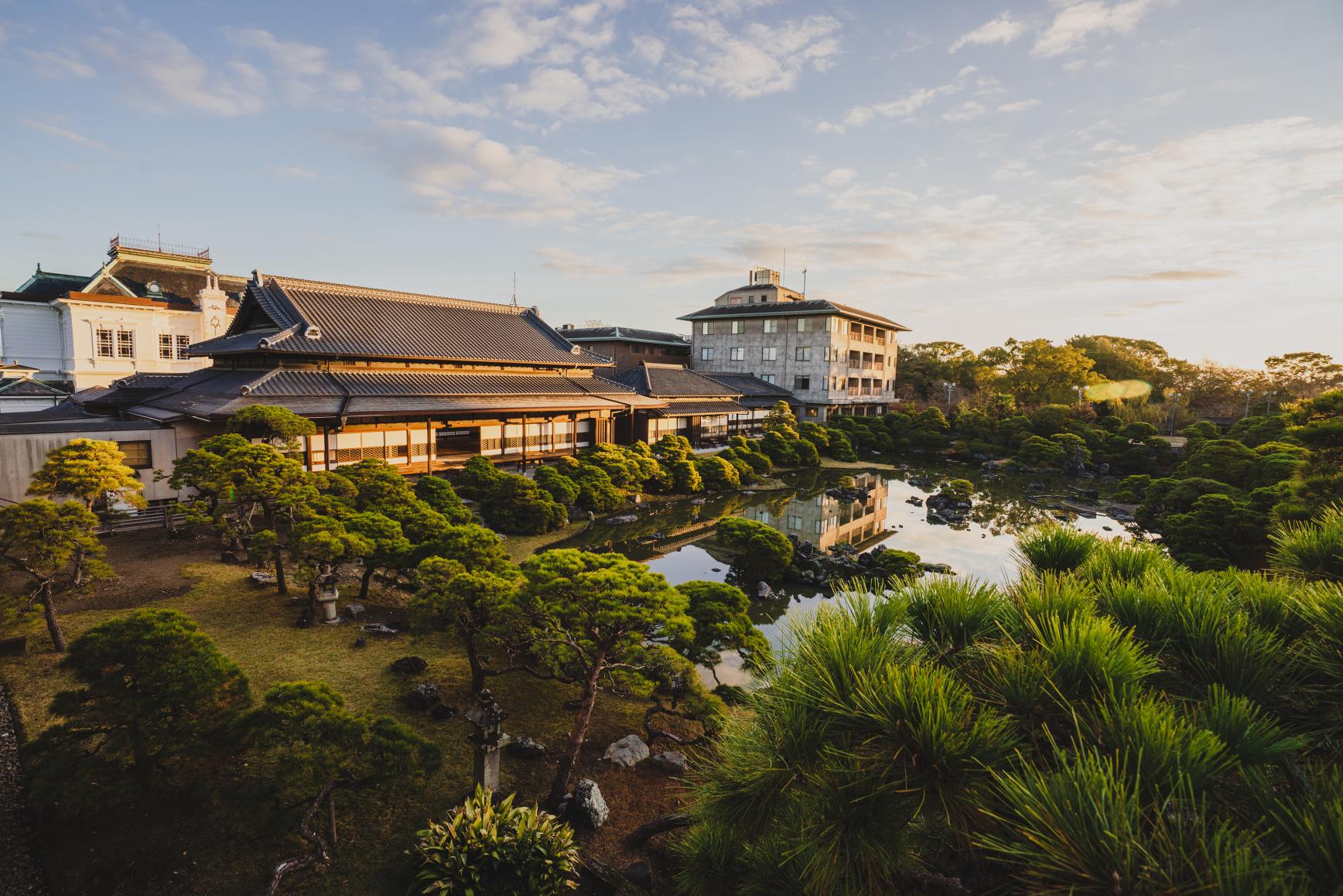
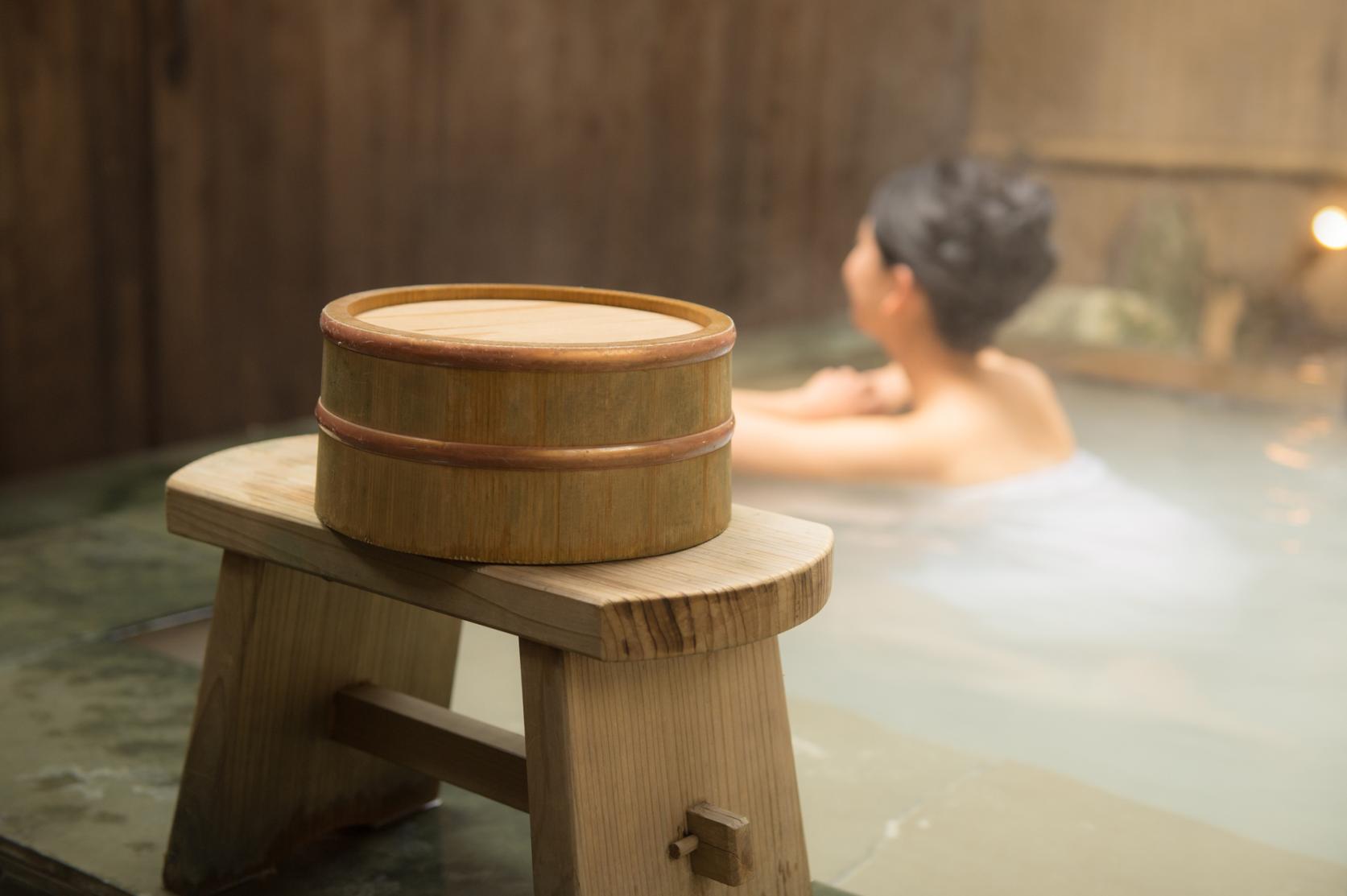
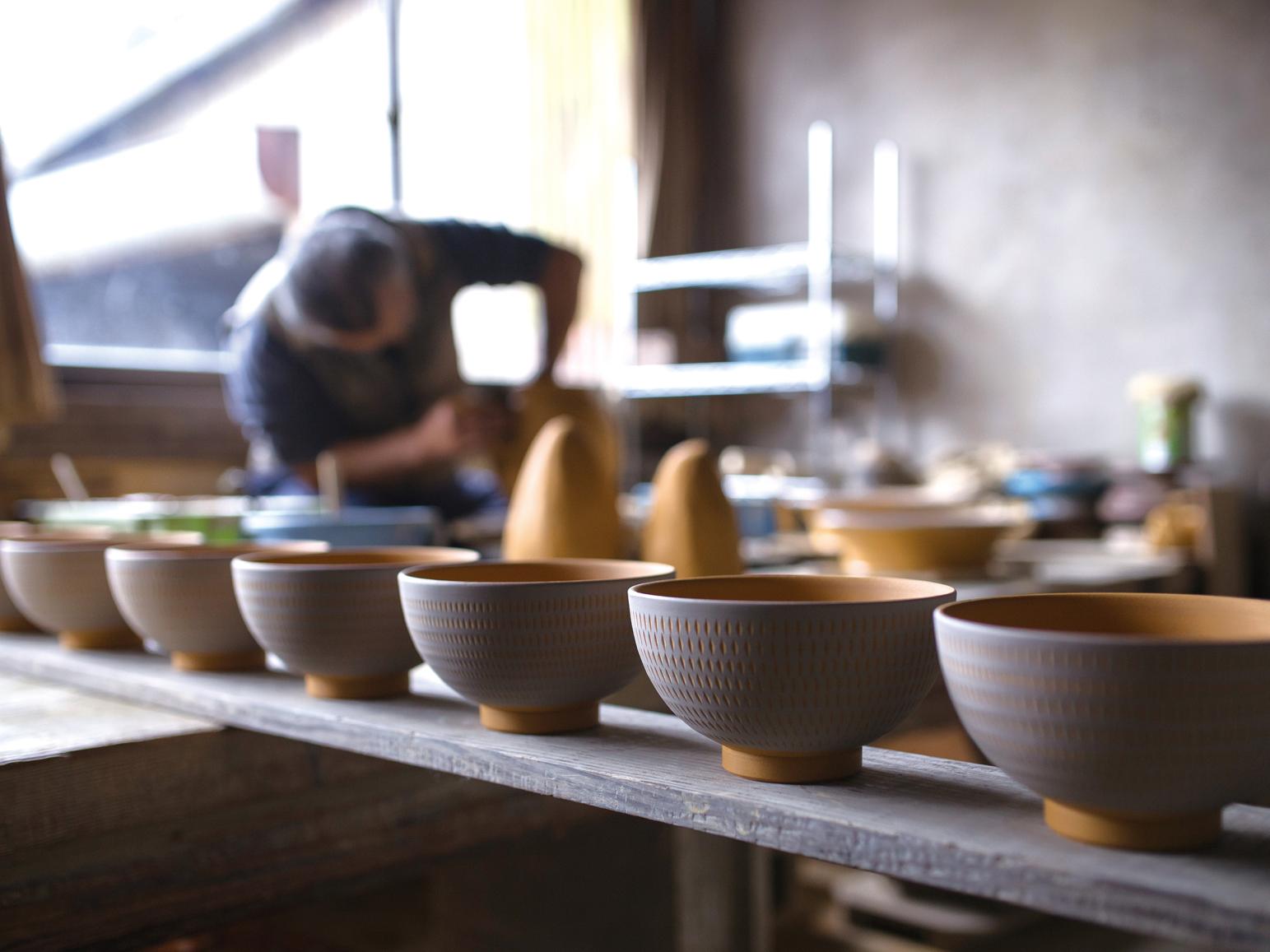
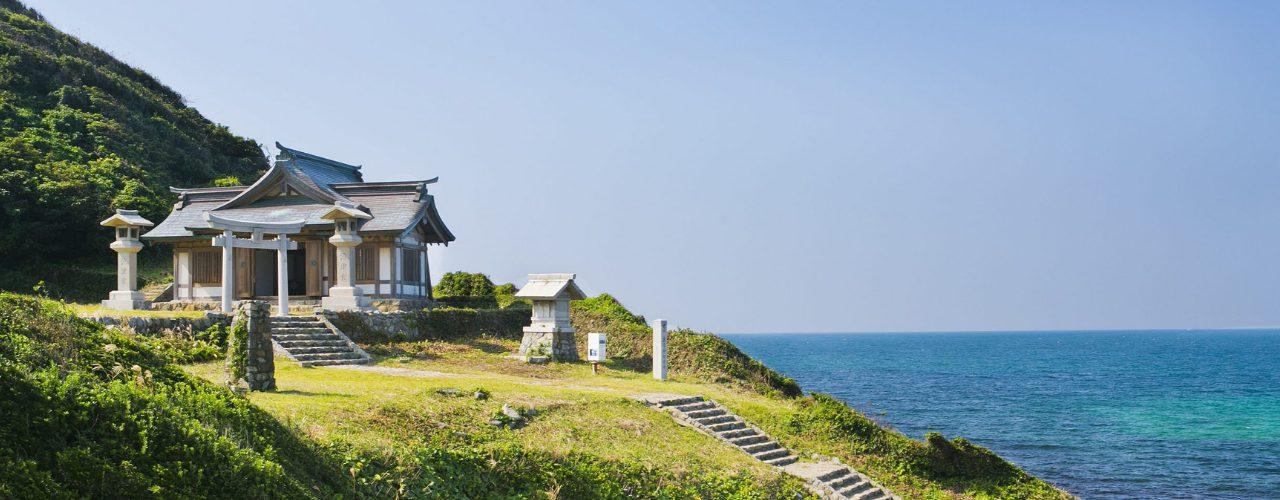
![[2025] Strawberry Picking Spots in Fukuoka-1](https://www.crossroadfukuoka.jp/storage/special_features/49/responsive_images/9ZHgrqvQdpH8tM4IRF54DXu0aPBF3YGGkj5WOTGc__1673_1115.jpg)
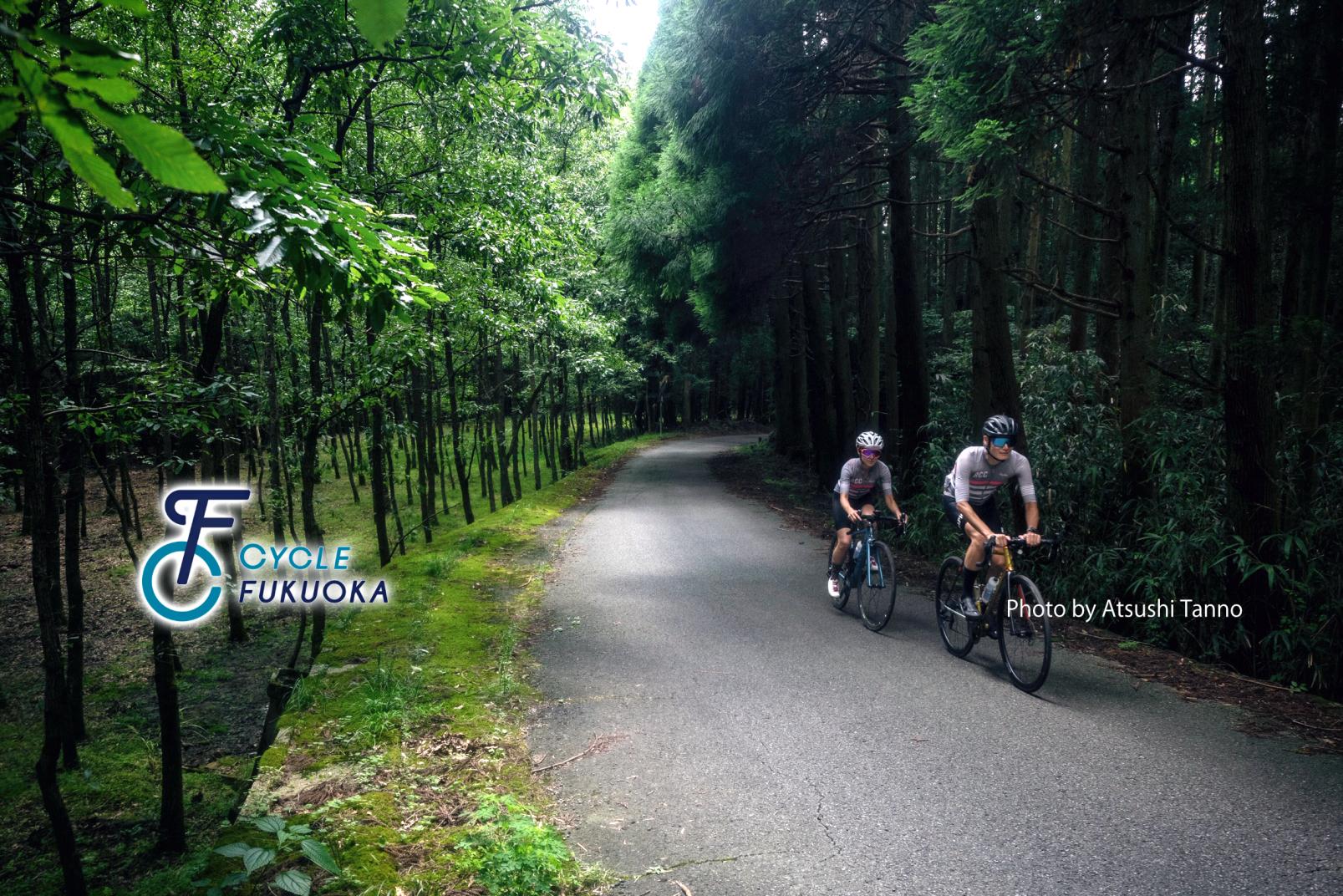
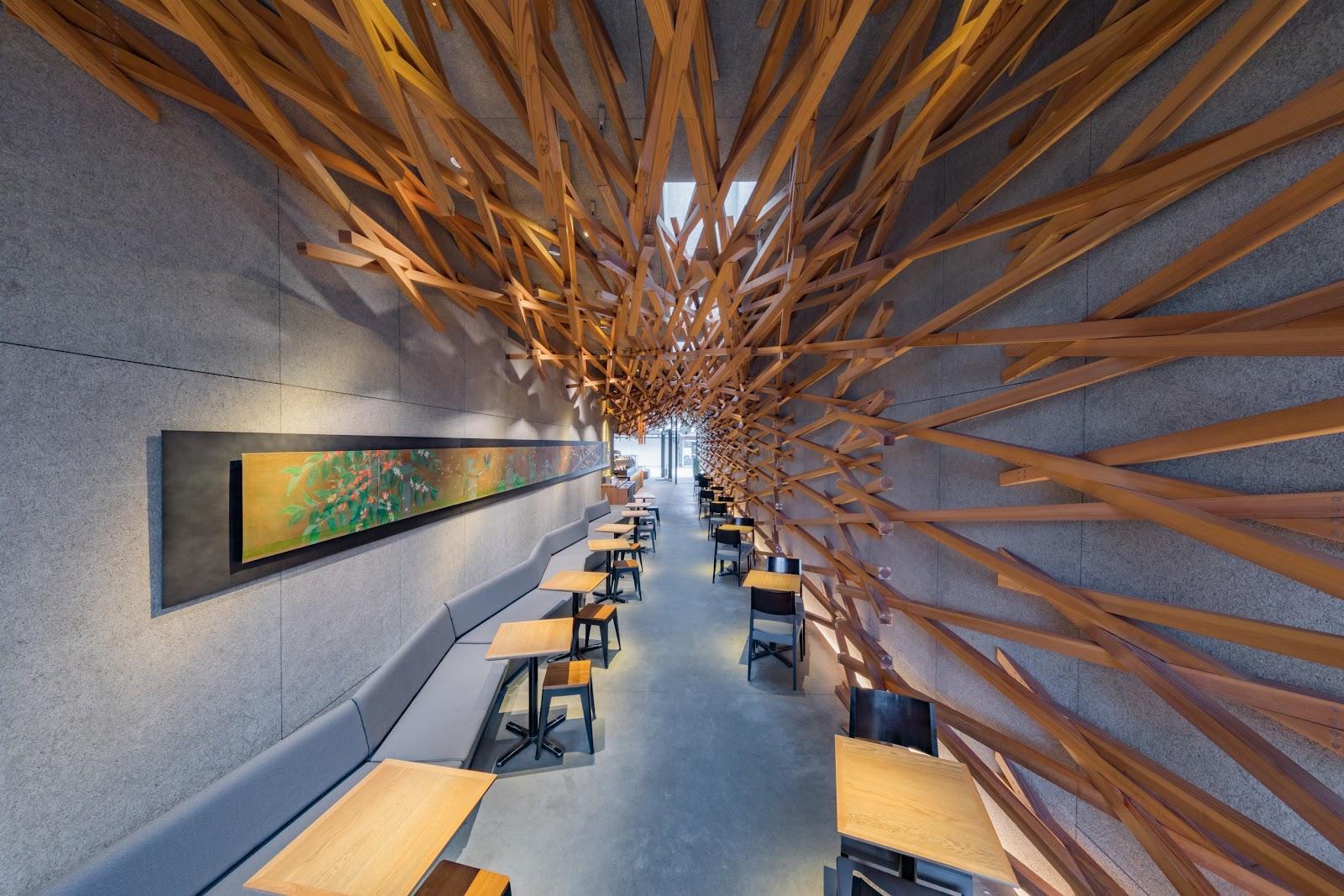
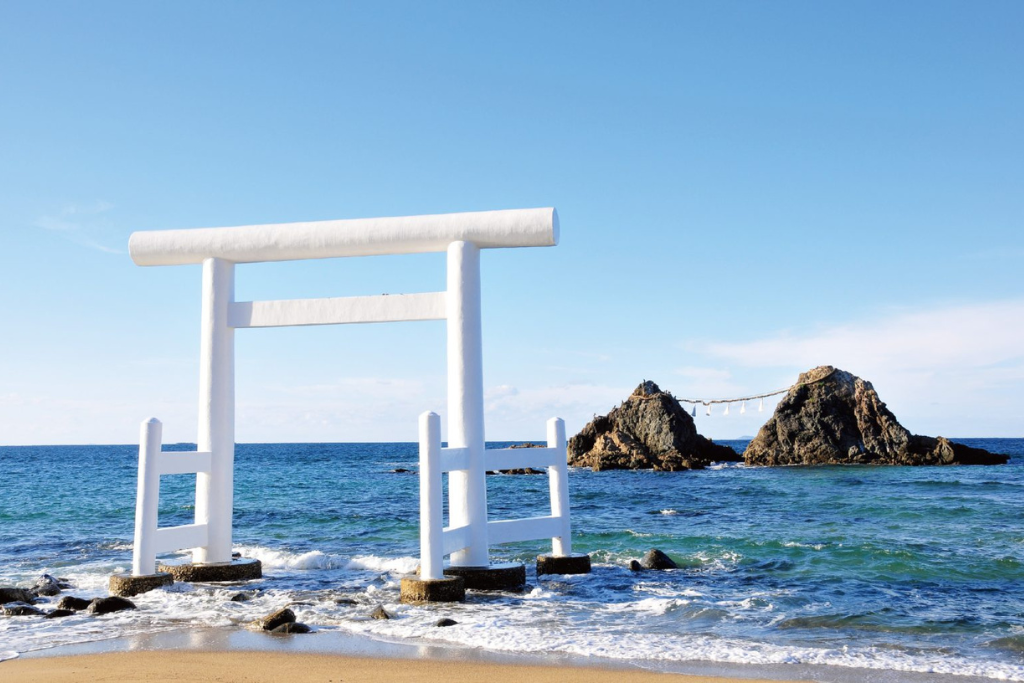
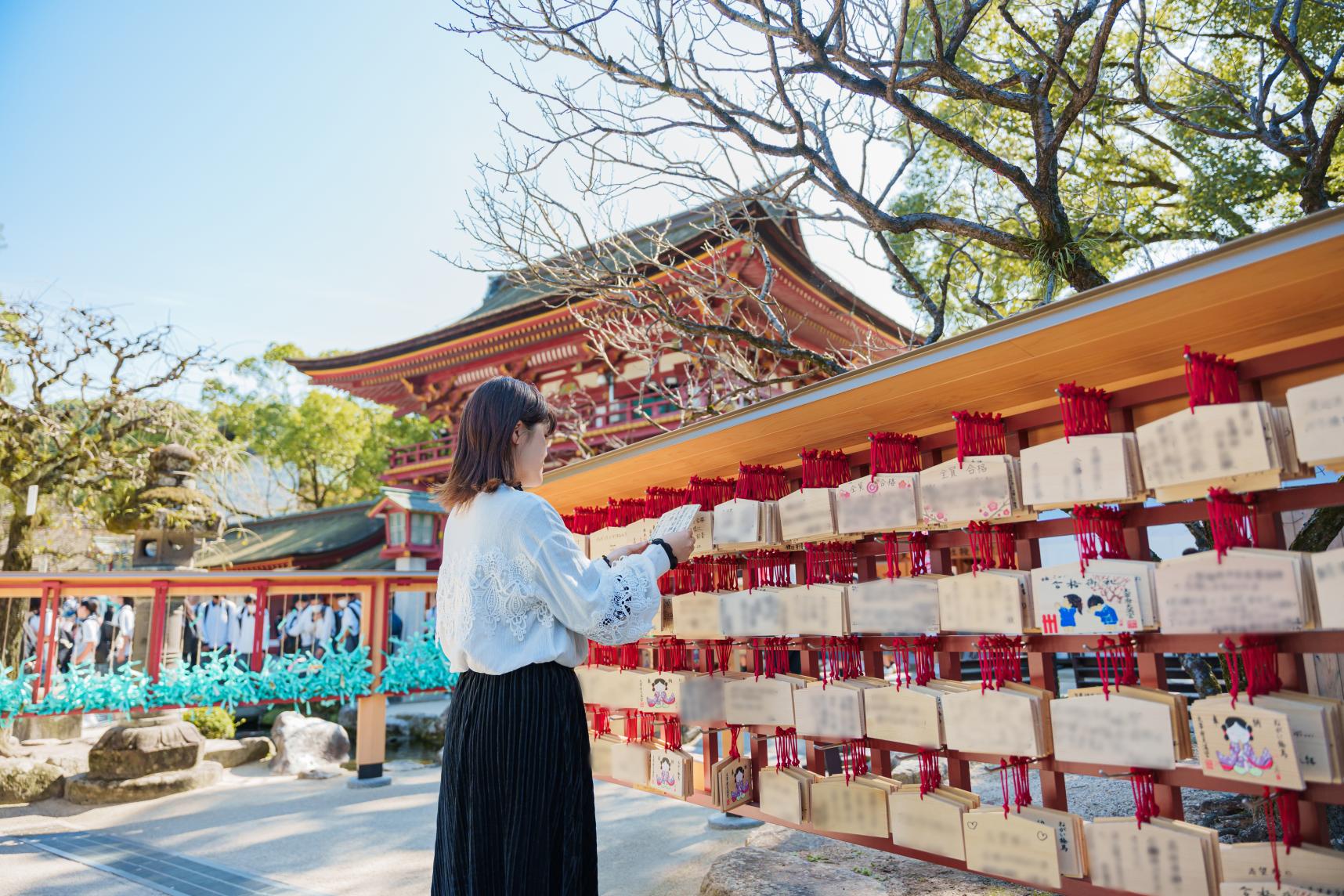
![[2024 Edition] Filled with blessings! The ultimate Fukuoka power spots to bring you happiness.-1](https://www.crossroadfukuoka.jp/storage/special_features/320/responsive_images/6SsCvBDXBhlZoAGUgarTOpZpEaEwsIqsWzSxW8cw__1289_856.png)